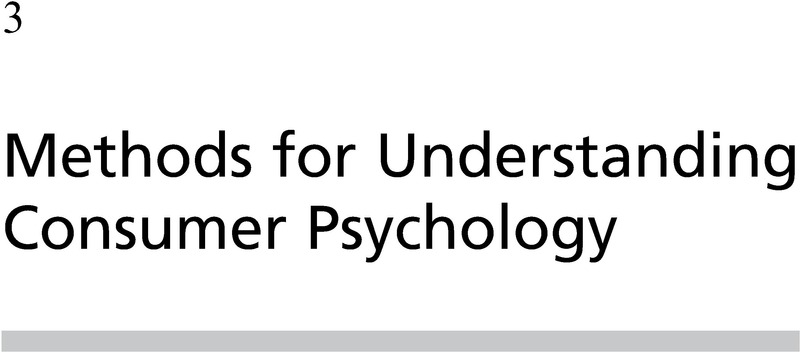Book contents
- The Cambridge Handbook of Consumer Psychology
- Cambridge Handbooks in Psychology
- The Cambridge Handbook of Consumer Psychology
- Copyright page
- Contents
- Figures
- Tables
- Contributors
- Introduction
- 1 Consumer Psychology of Individuals
- 2 Consumer Psychology of Groups and Society
- 3 Methods for Understanding Consumer Psychology
- Index
- References
3 - Methods for Understanding Consumer Psychology
Published online by Cambridge University Press: 30 March 2023
- The Cambridge Handbook of Consumer Psychology
- Cambridge Handbooks in Psychology
- The Cambridge Handbook of Consumer Psychology
- Copyright page
- Contents
- Figures
- Tables
- Contributors
- Introduction
- 1 Consumer Psychology of Individuals
- 2 Consumer Psychology of Groups and Society
- 3 Methods for Understanding Consumer Psychology
- Index
- References
Summary

- Type
- Chapter
- Information
- The Cambridge Handbook of Consumer Psychology , pp. 529 - 640Publisher: Cambridge University PressPrint publication year: 2023

